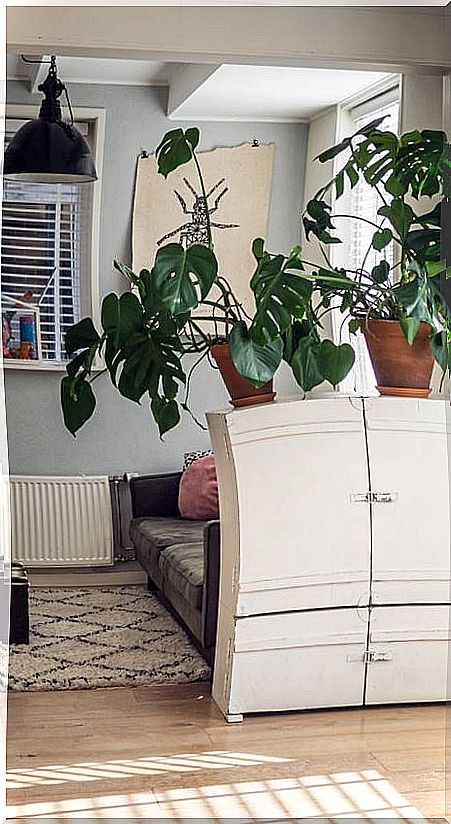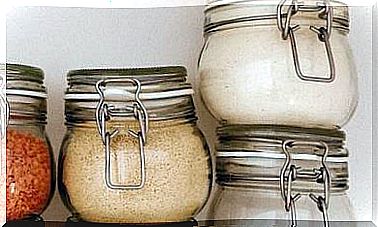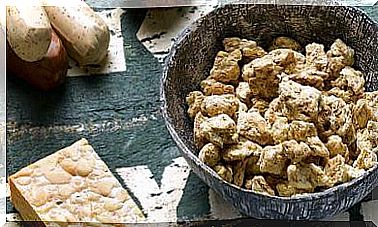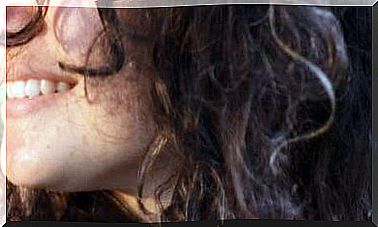How To Choose A Purifier To Breathe Better Air At Home
The quality of the air we breathe at home is essential to promote health, but in times of viruses and a lot of pollution it is even more so. These are the best options to clean it.

Although we believe that inside our houses we are more protected from pollution than on the streets, studies show that it is a perception of false security. An exhaustive analysis by the United States Environmental Protection Agency found more than 900 toxic compounds indoors , some of them 2-5 times more concentrated than on the street, and sometimes more than 10 times.
Some of the consequences of breathing such stuffy and unhealthy air indoors are, among others:
- Dryness and irritation of the eyes, nose, throat and skin.
- Headache.
- Fatigue.
- Difficulty breathing,.
- Allergy symptoms, cough, rhinitis.
- Respiratory infections (increases the transmission of certain viruses and bacteria) or chronic bronchitis.
First, ventilate; then use a purifier
Today, as in the past, the most effective measure to clean and renew the air in our homes and reduce the concentration of pollutants is to ventilate the rooms for between 20 and 30 minutes, depending on the weather and season of the year.
In addition, to help keep the air cleaner, there are purifying devices that remove pollutants from the environment. Until recently, it was people allergic to pollen, mites, with asthma or respiratory diseases, or with pets at home that shed a lot of hair who were most interested in these devices; Today the interest and need is growing and broadening to households concerned about the quality of the air they breathe and to address germ-related health effects.
The family of devices to improve air quality
Dehumidifiers, air conditioning, purifiers and ionizers are the household appliances related to the air in homes. Their functions are different, although there are hybrid devices, such as ionizing purifiers.
- Dehumidifiers. They reduce the humidity level of the spaces and keep the air more comfortable. Excess relative humidity, with values higher than 60%, produces a feeling of fatigue, often generates bad odors and favors the development of household parasites and unhealthy microorganisms such as mold, fungi and bacteria. Very dry air, below 40% relative humidity, favors the generation of static electricity, with the discomfort that it entails.
- Air conditioning. Lower the temperature to feel cooler and endure the summer heat. It can partially or totally exchange indoor air for outdoor air and also filters it, with more or less efficiency depending on the filters they incorporate.
- Purifiers. They have the mission of returning an air better than the one they trap and free of contamination.
- Ionizers. They are used to activate the movement of negative ions making the air more breathable.
How to choose an air purifier
The criteria for choosing one purifier or another are very varied. From price, size, design, power, silence in its operation -some have night mode-, timer (between 1 and 12 hours), adjustable grille, filter change indicator, color indicator informing of air quality (normally from blue to red), speed, programmable or with remote control and mobile connectivity, intuitive operation, extra functions such as aromatherapy or ion generator, even energy saving or other technology.
The most important thing is its ability to purify toxins and clean the environment. Higher quality purifiers claim to filter up to 99.95% of pollution and effectively destroy formaldehyde, the most common and harmful pollutant in homes. For this there are 3 different types of particle capture: filters, incineration and plasma.
Filters, the more efficient the better
The vast majority of purifiers use a filter system. The more they have and the more specific they are, the more effective they are. 4 types of filters stand out:
- Prefilter: retains larger particles, dust, hair, etc.
- Active carbon : captures odors, fumes, gases and VOCs (volatile organic compounds). Activated carbon is a combination of several carbonaceous compounds that only allows the passage of particles smaller than 50 nm (nanometers).
- HEPA (High Efficiency Particulate Air), for allergens and fine particles: captures mold, mites, pollen, bacteria, viruses, particles with a diameter equal to or greater than 0.3 microns in diameter. In European regulations, this filtration capacity is classified as HEPA E12, HEPA H13 or higher. In the American regulations, the HEPA standard is sufficient. However, some brands advertise their products as “HEPA type”, which is not a sufficient guarantee.
Depending on the models, they may contain an extra filter that receives different names: a finer one that permanently destroys formaldehyde, another made of sterilized cotton specific for certain bacteria such as E.coli …
Keep in mind that it is necessary to change the filters to maintain the effectiveness of the appliance. Some notify automatically and the frequency varies according to the filter, from 2 months for HEPA to 12 months for activated carbon.
Some high-end devices complement the purification of HEPA filters with ionization and ultraviolet light that damages the DNA of many microorganisms and prevents them from reproducing. This way, bacteria, viruses and fungi are eliminated without leaving residues. Others may even include heater and vent function.
Appliances that clean by burning
Although more minority and unknown, there are devices that purify the air by incineration and are also capable of eliminating viruses, bacteria, molds, mites, particles of domestic animals, tobacco, pollen, etc.
The main difference is that the polluted air is sterilized inside the ceramic base made up of a multitude of capillary tubes heated to a temperature above 200 ° C. Microorganisms in the air are incinerated when they circulate through these capillaries.
Despite what it may seem, its consumption is very low and the humidity or temperature of the room in which it is located does not change. But the device takes several days to work and should not be disconnected or moved to another space in the house. Neither does it require maintenance or filter change like the previous system.
Plasma purifying technology
Plasma is a more professional technology oriented to the health field or people with environmental diseases such as Multiple Chemical Sensitivity or respiratory diseases. The devices are characterized by not requiring as many filters or replacement parts, by their speed of action and by offering superior purification performance. They work like purifiers and contain a plasma device that physically removes contaminants and sterilizes the air that passes through it.
Not only do they remove odors, pollen, mites, smoke, total volatile organic compounds (TVOCs), formaldehyde, fungi, germs, bacteria and viruses, but they also trap even finer particles down to 14.6 nm / 0.0146 microns. A HEPA filter can filter down to 0.3 microns.
Buy on Amazon
- Rowenta PU4020. Filters up to 99.95% of the particles. It is quiet and energy efficient. Suitable for spaces up to 60 m2.
- Laluztop with HEPA filter, ionizer and the possibility of adding essential oils (for spaces of 15 m2 maximum).









